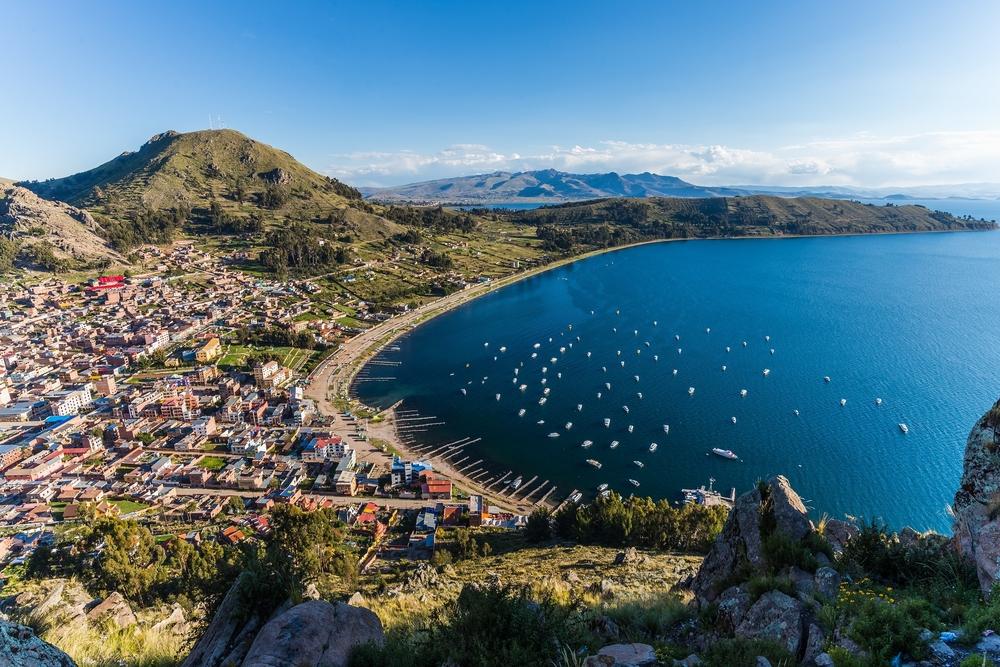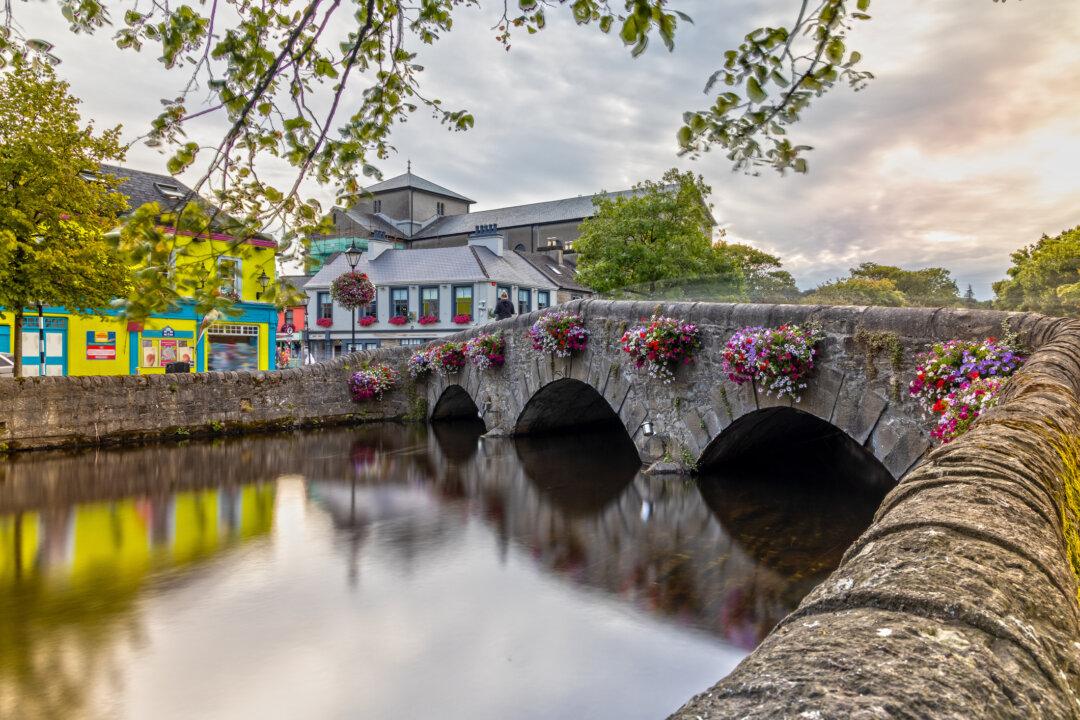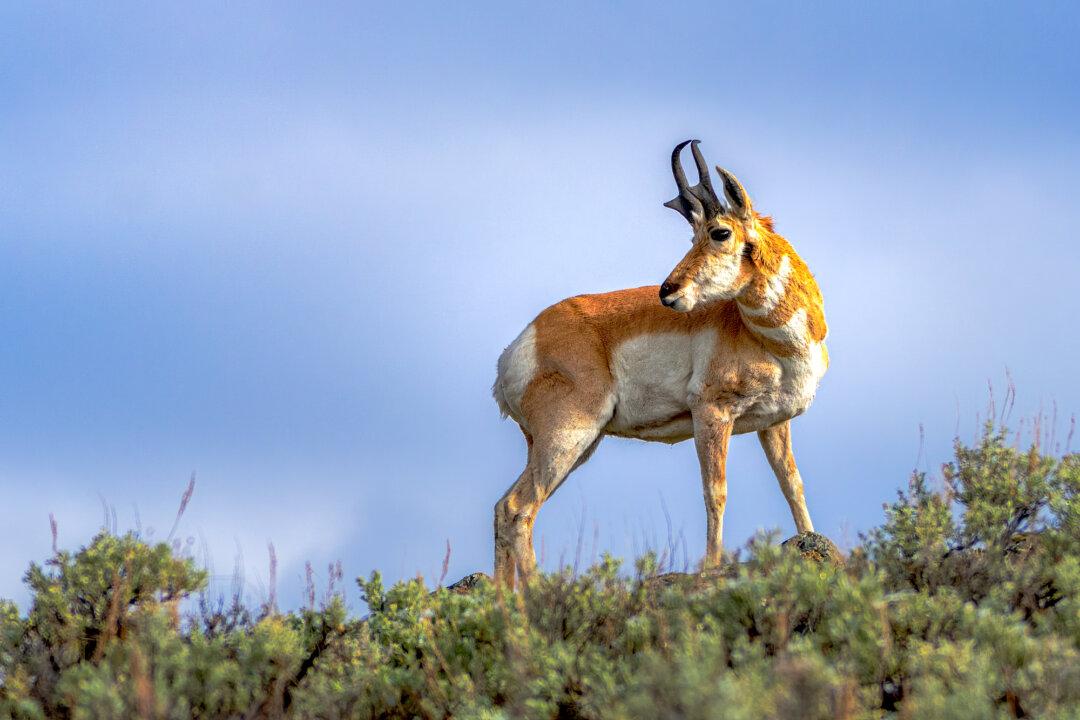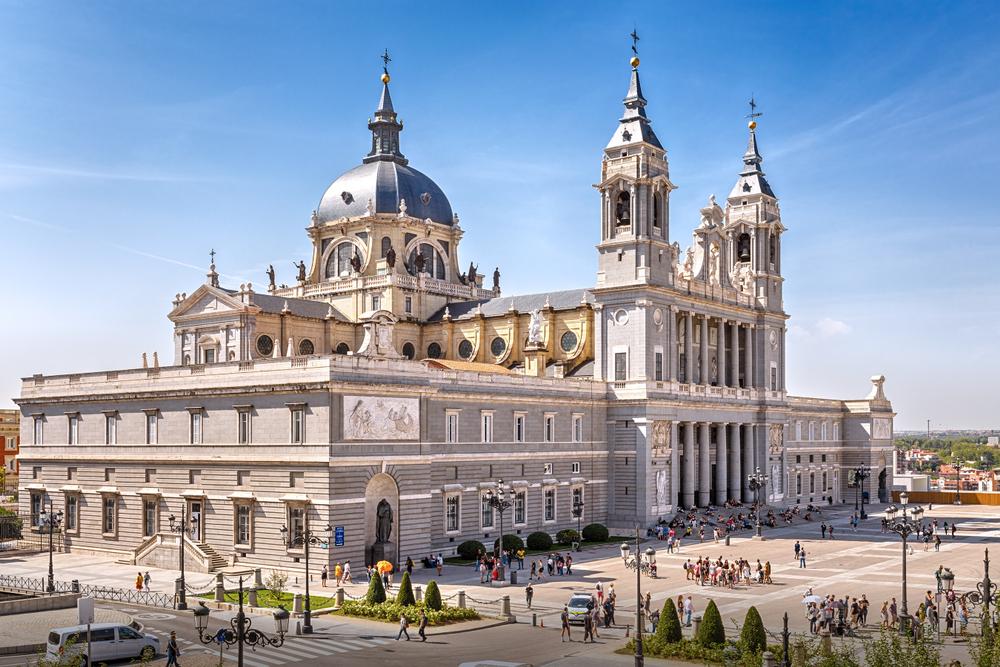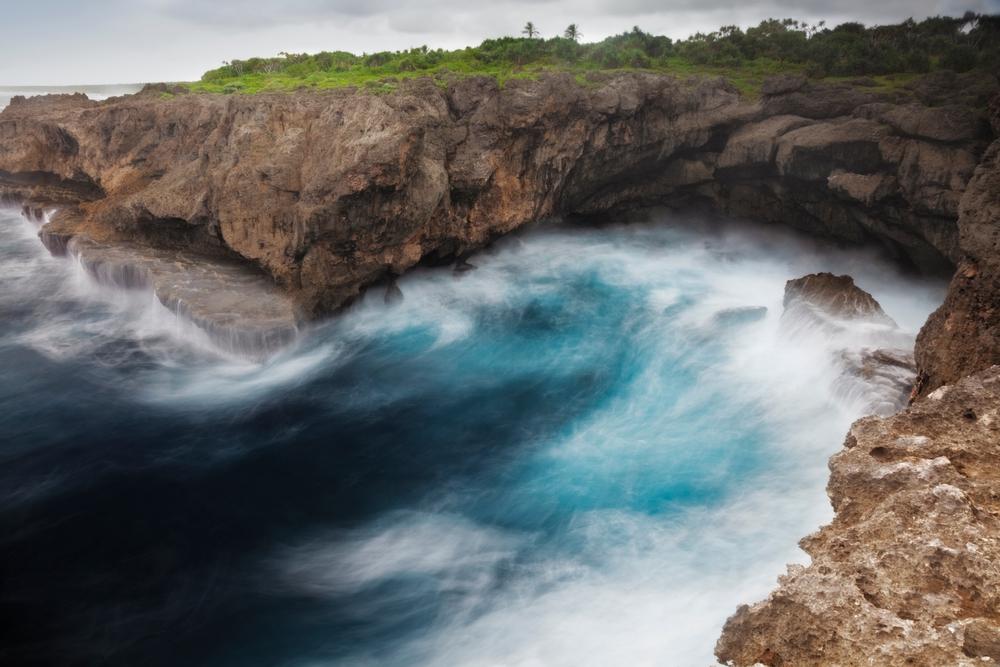Bolivia is not usually one of the places that come to mind when you are thinking about where to visit next.
Try to think of something that you have always wanted to see that happens to be in Bolivia. Have you ever even heard much about the country? Ever noticed it on any of those lists of where to find great bargains?
So you probably don’t think it would be an interesting place to visit, right?
My thoughts exactly—until recently.
But on a particularly pleasant day, as I dined on some delicious seafood at a restaurant outdoor table high up on a bluff overlooking a scenic vista of Lake Titicaca and the Royal Range of the Andes, I was very pleased that I had decided to visit Bolivia.
Lake Titicaca and many of its islands are a delight to the eye. What most people who have heard of this 3,200-square-mile lake 12,580 feet high up in the Andes Mountains usually know that it is called “the highest navigable lake in the world” (although, in fact, there are a couple of small lakes in the Andes of Peru and Chile higher still upon which you can navigate a small boat).

